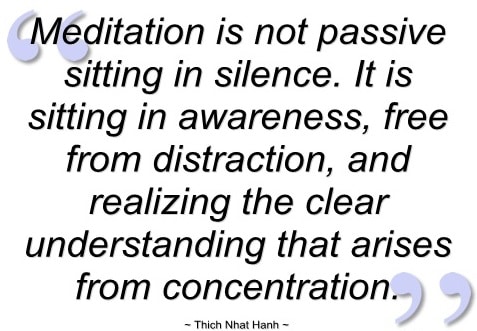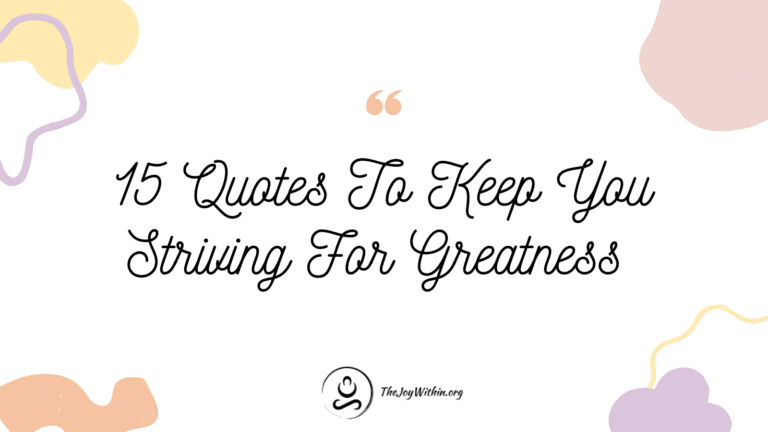Self-awareness is a game of focus.
Through meditation and other breath exercises, we learn how to direct our focus to different areas of the body, different energy centers, and even new sources of light, information, love, and wisdom, by deepening a connection with a Higher Self.
Many people think that this focus can only be developed after years of diligent practice, but the truth is that there is a simple way to dramatically increase your awareness instantly, just by managing how to direct your focus. In fact, knowing how to direct your focus consciously is one of the key practices to become free and gain self-liberation.

Two Types of Focus: Convergent vs. Divergent
Before I introduce this exercise, I want to point out that there are two primary types of focus.
Convergent focus is what we generally think of when we think about focus and concentration. It is a consolidating of our attention onto specific objects or ideas. Whenever you sit down to do a task at work, speak an idea, or even look at something in the physical world, you are working with convergent focus. Your attention quite literally narrows in (it converges) on a specific frequency of energy, which you see, hear, or otherwise experience in the physical world.
By contrast, divergent focus is the act of broadening your attention to experience a higher awareness of energy, rather than physical matter. In a sense, divergent focus represents a scattering of your consciousness, because you aren’t zoned in on any specific object, but I think it’s better to conceptualize it as a focus on space, stillness, or energy.
You can also think of these two types of focus as placing your attention on different characteristics of energy and matter. In physics, there is the wave-particle duality (which explains how electrons can either be observed as a particle or as a wave). Convergent focus might be thought of as the observation of electrons in a particle-state, while divergent focus represents the observation of electrons in their wave-state.
Fortunately, you don’t have to understand quantum physics in order to apply this concept to your daily life. However you think of the distinction, engaging with it will help you to raise your energy and experience a higher perspective on your world.
While Western science has only recently begun to embrace these ideas, many ancient yogic and Buddhist traditions have been applying them for years. There is a simple exercise you can do to engage with these different types of attention, and increase your overall level of awareness.
Exercise: Alternating Your Point of Focus
To experience these different states, begin by sitting in a comfortable position, and draw your attention inward.
As you may often do during meditation, take a few moments to draw your attention to your breath. For this exercise, pick a specific point in the body through which your breath passes. For example, use may choose the Vipassana technique of focusing on the point at which your breath enters your nostril. However, any single physical point will suffice.
Continue maintaining this point of focus for several breaths. As you begin to relax, shift your attention away from the breath, and focus instead on a sense of stillness, peace, or spaciousness that accompanies your breath.
If this feeling is unfamiliar, try these breath exercises first.
As you focus on stillness, emptiness, or a sense of calm, your focus relaxes, and you begin to drop your attention away from the physical world. As you do, you will automatically move from a point a convergent focus, to a sense of divergent focus.
Rest in the spaciousness you feel for a few moments, and then move your attention back into your body. Once again focus on the physical point you chose earlier. Draw your attention more specifically to your breath.
Then, relax your attention once more, and broaden your focus. Spend several moments with a more open perspective, and repeat the process. Continue alternating between these two points for at least 10-15 minutes.
Practicing this exercise will help you to train your mind to change its point of focus on command, and will go a long way towards helping you to enter deeper states of meditation, as well as feel a stronger sense of peace and stillness as you move throughout your day.




